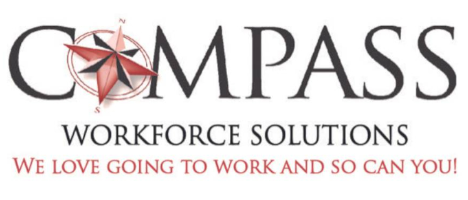
Got a new job! Excitement abounds! Can hardly wait to start the new adventure! And then the great adventure starts to feel like you have been cast in the reality show ALONE. Did you ask what their employee onboarding program was? You report to the location on your welcome email only to find out you need to be at a satellite office 20 minutes away. Once you arrive, you learn your manager is on vacation for the week, there is no desk allocated, you have no access to any of the systems, no one knows who you should be meeting with or what you should be doing. Welcome to the team!
What is employee onboarding?
Onboarding is the process through which new employees are welcomed and are supported in acquiring the knowledge, skills, and behaviors needed to integrate into an organization quickly and effectively.
Many companies often treat new employee orientation as their onboarding process. Yet impactful onboarding is a process that starts as soon as a candidate accepts their offer and ends when the employee is fully proficient and productive in the job we hired them to do.
Why does a well-designed employee onboarding program matter?
Employee onboarding is critical in setting the tone for a new hire’s experience within our organization. A well-designed onboarding program can significantly affect employee engagement, productivity, and long-term success within the company.
For example, a recent survey found that 52% of new hires feel undertrained after onboarding, with employees of small companies and remote workers impacted the most. That same survey reports that an astounding 50% of newly hired employees plan to leave their job soon, with that number skyrocketing to 80% for those feeling undertrained due to poor onboarding.
And when it comes to engagement and productivity, another survey shows 51% of employees reporting that a good onboarding experience would motivate them to go “above and beyond” in their work. When you consider the fact that disengaged employees cost businesses the equivalent of 18% of their salary, putting in place a comprehensive and well-thought-out onboarding program is a sound business investment.
What are some critical elements that determine employee onboarding program effectiveness?
- A clear and well-defined onboarding plan, outlining activities, timelines, and who owns each part of the process.
- A warm and welcoming orientation to help the employee feel valued and informed about the basics.
- A comprehensive “roadmap” for new employees, which includes job-specific training schedules, introductions to team members, and relevant company resources.
- An assigned mentor or “buddy” to help them during their integration into the workplace, answer their questions and help them navigate our company with greater ease.
- Clear communications about the employee’s tasks, priorities, and key performance indicators, as well as the necessary resources, rules, roles, and relationships they will need to deliver to their goals.
- Regular check-ins and feedback sessions, especially early in the new employee’s tenure, allowing them to express their concerns, ask questions, and receive constructive feedback on their performance.
- Providing recognition for and celebrating milestones during the onboarding process.
What are some things that undermine onboarding program effectiveness?
- Information Overload – prioritize the essentials and stagger the introduction of more complex topics.
- Generic Onboarding – take the time to tailor the experience to individual roles, allowing new employees to see the relevance of their training.
- Delivery in Isolation – make sure to build into the program times for meet-&-greets with colleagues within and across functions and have activities that facilitate social interactions and team building.
- Lack of or poor Integration with company culture – each part of the onboarding process needs to reflect and integrate our company’s values, culture, and long-term vision.
How do we know the onboarding program is effective?
Depending on our company focus and needs, we can measure onboarding program effectiveness in a multitude of ways, including:
- Time to productivity
- Retention rates
- Employee feedback on the onboarding process
- Employee engagement
- Manager feedback on new employee preparation and/or performance
By tracking and evaluating relevant metrics, we can continuously improve our process to increase the impact our onboarding program has on our new employees and our business.
Concluding thoughts & an invitation!
Both research and our practical day-to-day experience shows that a successful onboarding program is a strategic investment that pays dividends in employee satisfaction, engagement, and long-term retention. By developing and implementing a well-designed comprehensive onboarding program we can deliver a positive new employee experience that sets the stage for their (and our) success.
To learn more about what it takes to put in place effective onboarding programs, join our free January 2024 virtual training session. Click the button below to register!








